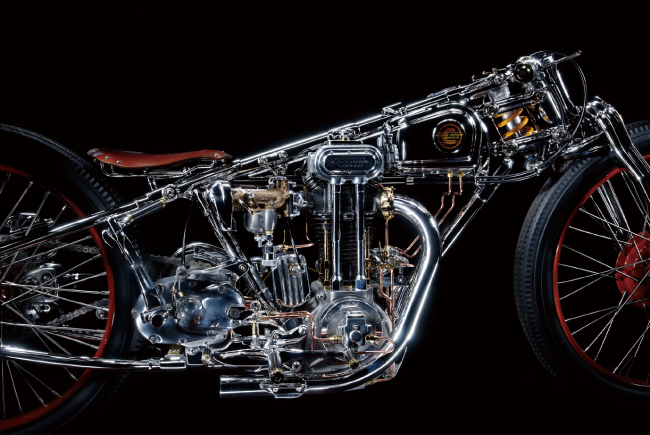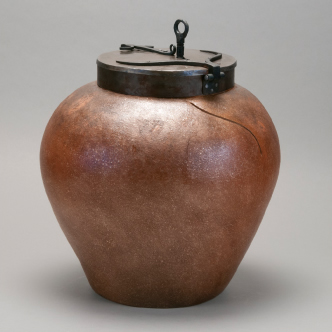KOGEI from a “Regional Perspective”
-Comparing Folk Art, Indigenous Art,
Contemporary Craft and Design
The 2nd International Triennale of KOGEI in Kanazawa will explore the aspect of“regional character” in kôgei (“craft”) and present works of folk art, Indigenous art, contemporary kogei, and design from Santa Fe, Australia, Taiwan , and regions of Japan. The exhibition will endeavor to compare craftical elements found in the arts of regions around the world, represented, in this case, by four regions, each of which possesses its own cultural and historical background. At the same time, the exhibition will also take a fresh look at kôgei in Japan.
“The Arts-Grounded in Region” is an expression broad in perspective, taking the characteristics of folk art, contemporary art, design, and even modern and contemporary kôgei into its scope. In this exhibition, we will use the phrase to mean not a single category but rather the “craftical elements” running through all these arts. This method of analyzing kogei in terms of its “craftical elements” was also employed in the 1st International Triennale of KOGEI in Kanazawa. This time, we will follow suit, while taking “regional” as a keyword in looking at craftical arts that possess widely varying contexts.

CHICARA NAGATA《Chicara Art 3》 2008
In Japan, there is a tendency to speak of kogei as a distinct art category that represents the special character of our culture; but actually, such art, exhibiting contemporary craftical trends while grounded in regional climate and culture, exists in every region of the world. (“Kôgei,”* here, means arts oriented to everyday living and arts possessing strong regional characterf-roma deep connection to the land and its history, or else from an aesthetic awareness shared in common only in that region.)
In the sense of being grounded in region and having a deep connection with the regional climate and culture, such arts in all regions of the world have a close kinship with kogei as it has developed in Japan. Yet, in all cases, their development processes and visual manifestations reflect differing histories, climates, and cultural backgrounds. In other words, all, as art forms possessing contemporary craftical elements, are founded in uniquely different sources of origin, and as such, the word we need emphasize in conjoining them all is not“global” but rather “regional.”
These craftical arts were once methods for creating the tools and implements of daily life, as well as the decorative items giving color to daily life. With the changing times, they gradually lost their validity and became folk craft products, souvenir products, and traditional items. Because of their close connection with traditional lifestyles, they are treated as essentially different from painting, sculpture, and other globalized or universalized pure arts born from processes of modernization, and are spoken of as pre-modern arts valid only in their region.

カミラ・トゥルヒーヨとレネー・ザモーラ
《チョコレートポット》 2012
Camilla Trujillo & René Zamora La Chocolatera 2012
The regions chosen this time have all, of course, undergone the baptism of modernization. They are also regions that encountered the modern age within the flow of their own particular history, and were able to regenerate their own cultures in the process of modernizing. In each case, we can say, there has been a historical process by which the region has endeavored to surmount the modern era without resorting to the techniques and value systems of modern art (painting, sculpture, and design, for instance). Such trends we will view as today’s kogei or else, taking a broader perspective, as art and design that retains craftical character. Above all, we will view it as the art of today-art that has used its foundation in regional climate, culture, and history to achieve a contemporary character, creativity, individuality, and critical power that transcends its regional background.
*1: A Japanese word, “kogei” means arts oriented to everyday living and arts possessing strong regional character?from a deep connection to the land and its history, or else from an aesthetic awareness shared in common only in that region. It also includes the broad implications of the exhibition theme: “The Arts?Grounded in Region.”
Similar terms are used in other regions participating in this exhibition, such as “Folk art” in the USA (Santa Fe) and “Indigenous art” in Australia. Each of these terms, while sharing a similar standpoint with “kogei” in Japan, connotes a particular range and historical background. As concerns Taiwan, as well, although no term can be seen that similarly has achieved a wide consensus, the artworks displayed in this exhibition are grounded deeply in region and share the implications of the exhibition theme.
